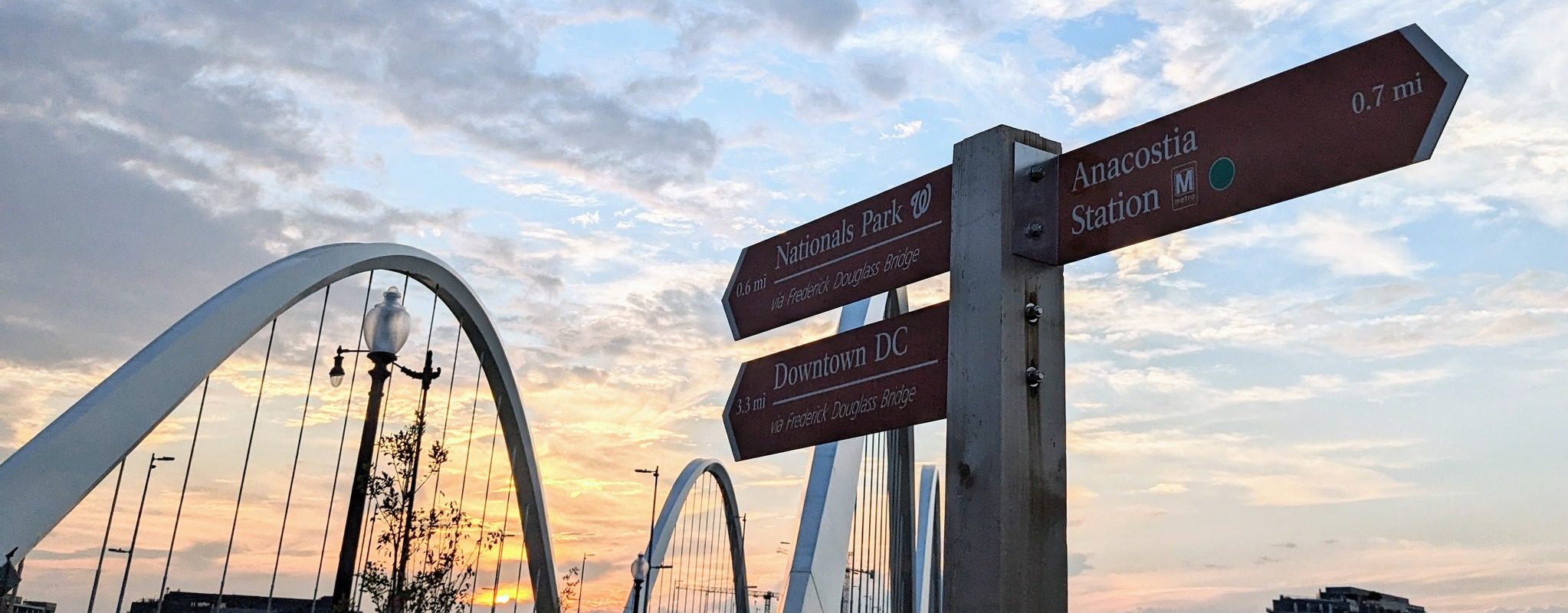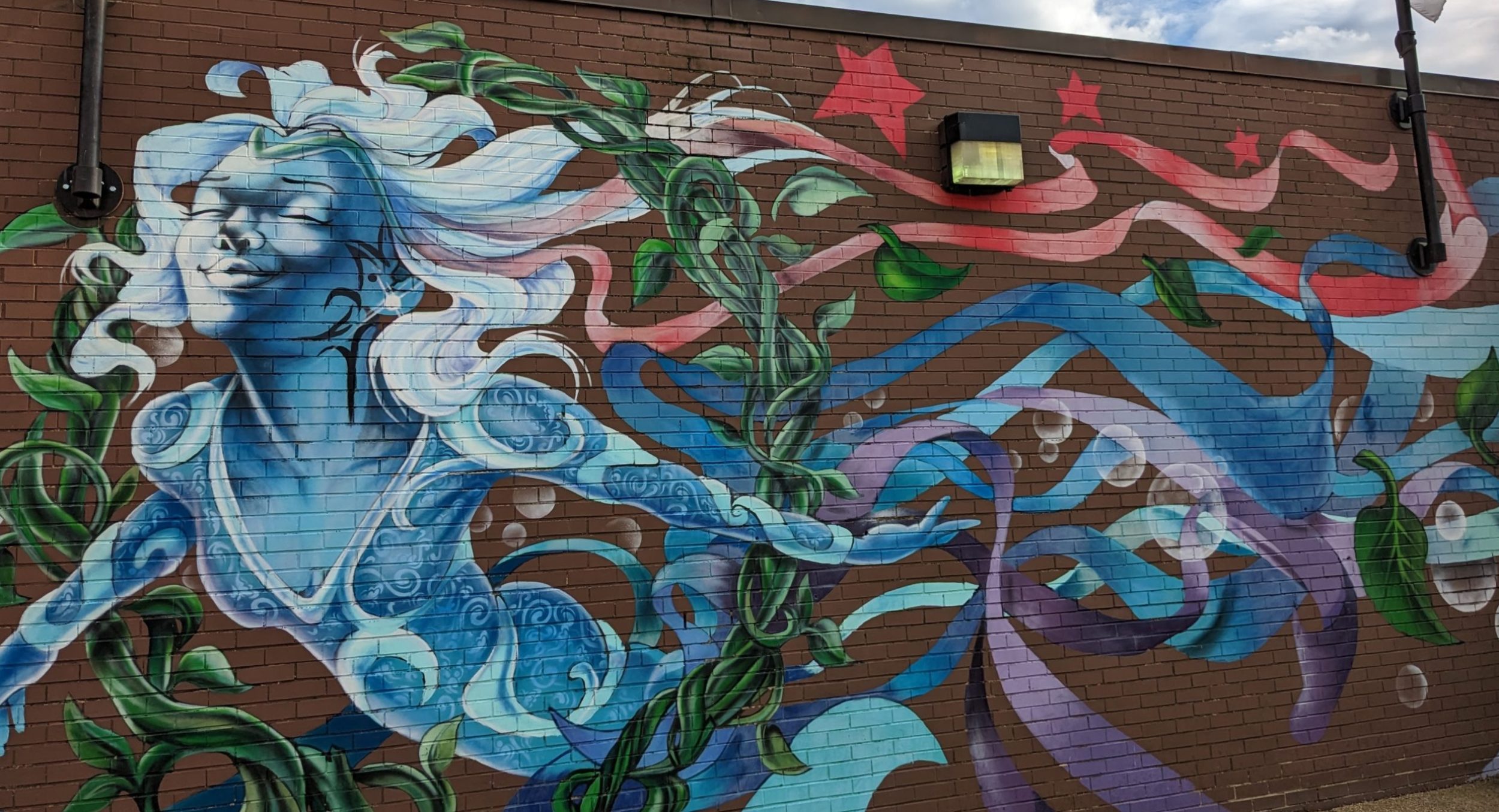Cape of Torments, or Storms. Cabo das Tormentas. That’s what explorer Bartolomeu Dias called this land after the boat under his command survived a trip around the southern tip of Africa in 1488, gaining him credit for being the first European to do so.
His boss, King Joao II of Portugal, sitting safe back at home, wanted a more appealing name. Joao II needed to entice other mariners to try the route to keep ahead of Spain for trade routes. Without even one market research report on the whims and preferences of sailors, Joao found a catchy new name. The Cape of Good Hope, for it was a path between the riches of the East and Europe.
Even so, it took about a century and a half before European colonization of the Cape got underway, and it was the Dutch who did it. The English took the Cape from them by the 19th century, leading many Dutch-descended farmers to move in time further inland in Africa. These were the farmers, or Boers. The English would later fight the South African, or Boer, War to claim more land further inland in southern Africa, where gold had been discovered.
The Dutch, English and Boers battled for the Cape to gain the port at Cape Town, better access to India and the Far East and farmland. The Cape’s attraction for tourists today is its beauty. These are some shots of the national park that includes the cape. Baboons and ostriches roam about the park.
The ride down the highway connecting the park to Cape Town is the equal of California’s highway down its Pacific Coast or Ireland’s Ring of Kerry. It’s so gorgeous you almost don’t know where to look first, the waters on one side or the mountain on the other. Here are some of photos from the drive.
Cape Town lives up to its billing as one of the world’s most beautiful cities, on par with Rio de Janeiro and Sydney. We spent much of day doing a perhaps overly ambitious hike down from Table Mountain, which runs through and looms over Cape Town, as shown below.
We also spent some time at Cape Town’s historic fort, shown below.
The fort has a museum with some good history about the battles for Cape Town since the Europeans took an interest in it. It was there that we read the words of a poem written by an Australian, M. Grover, who was sent to fight for the British in the South African War. Here are some lines from the poem, “I Killed a Man at Graspan,” where the author questions what has happened in battle:
“We were only a pace apart,/With the cordite scorchin’ his old worn coat/As the bullet drilled his heart……Cut of my brother..he looked/Hardly more’n a kid.”



